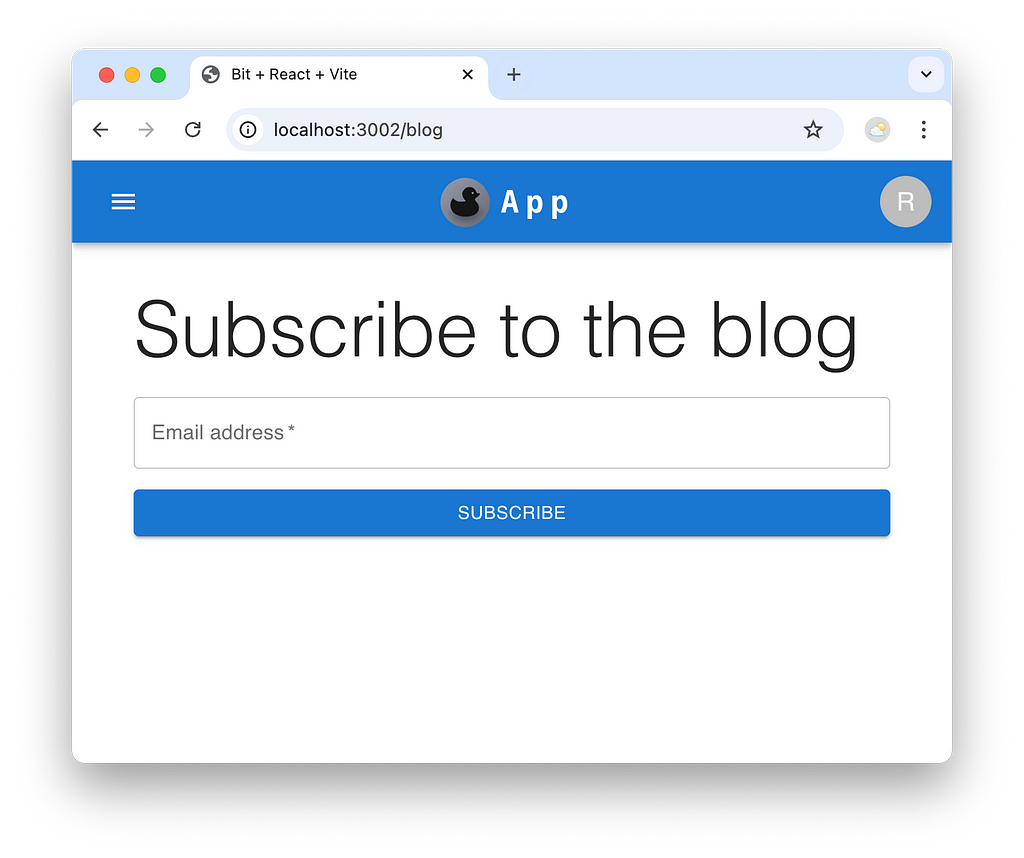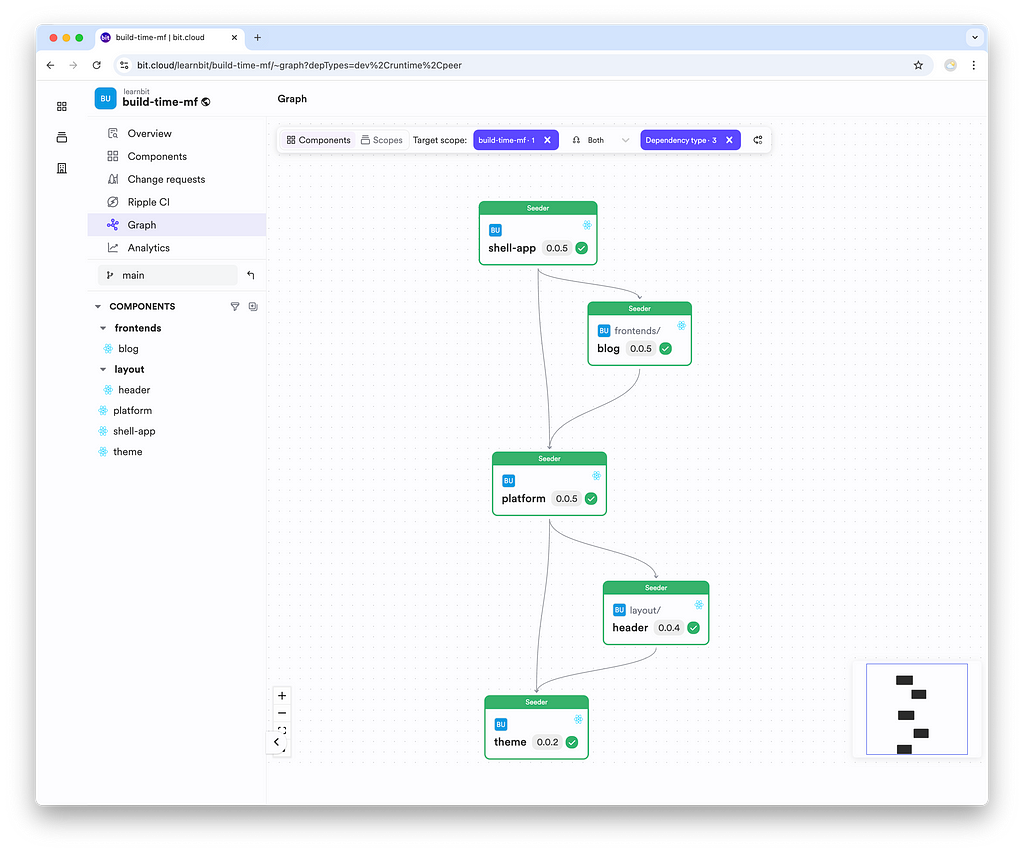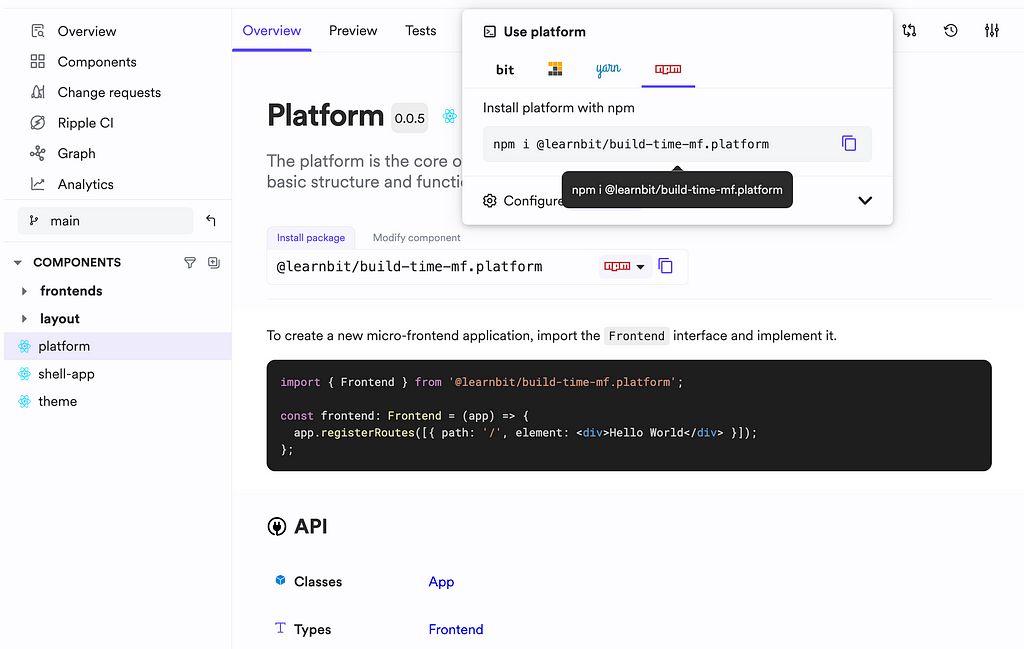This content originally appeared on Bits and Pieces - Medium and was authored by Eden Ella
Learn how Inversion of Control (IoC) enables scalable build-time micro frontends (MFEs)

Micro frontends (MFEs) have become a dominant approach to scaling frontend development, allowing teams to work independently on different parts of an application while maintaining a cohesive user experience.
While runtime composition (most commonly implemented with Module Federation) is widely discussed, build-time micro frontends offer a compelling alternative — one that simplifies dependency management, enhances performance, and improves reliability.
However, successfully integrating micro frontends into a host application (or “app shell”) at build time requires a careful architectural choice. The inversion of control (IoC) pattern plays a crucial role in designing a scalable and maintainable micro frontend architecture. This post explores how IoC impacts build-time micro frontends and why it is essential for effective integration.
Arguably, the most popular tool for MFE build-time integration is Bit, which will be our demo tool.


See this demo’s components on Bit Platform.
What Are Build-Time Micro Frontends?
In contrast to runtime micro frontends, which are dynamically loaded during the app’s execution (primarily in the browser), build-time micro frontends are integrated into the host application during the build process. This means (presented in an over-simplified manner) the following:
- The final application bundle contains all required micro frontends. No runtime orchestration is needed to fetch and mount remote micro frontends (see the last point for important caveats).
- Deployment and versioning are simplified because the entire application is built and tested together.
- Performance is improved (in most cases) due to fewer network requests and optimized bundling. Performance optimization can also involve code-splitting, allowing parts of the application to load dynamically at runtime. However, unlike runtime MFEs, this approach is driven by technical factors and user experience rather than organizational structure and constraints.
Why Inversion of Control Matters in Micro Frontend Architecture
A fundamental goal of micro frontends is independent deployment and development. However, when micro frontends are tightly coupled to the host app, they become harder to scale and modify. Inversion of Control (IoC) allows the host app to define how micro frontends integrate rather than the other way around.
Instead of dictating how each micro frontend gets mounted, the host app provides clear interfaces for registration, rendering, and lifecycle management. This prevents micro frontends from making assumptions about the hosting environment, reducing compatibility issues.
Example: A “Blog” team delivering a blog feature to an app
Imagine you are part of the “Blog” team within an organization, responsible for developing and integrating a blog feature into one of the organization’s existing applications. However, you are not part of the team that maintains the app, nor are you familiar with its codebase. While communication within your team is smooth and efficient, cross-team collaboration is slow and ineffective.
To navigate these challenges, you opt for a build-time micro frontend (MFE) approach. The app’s maintaining team has provided a standardized interface that your blog must adhere to. This interface facilitates integration by offering mechanisms to register your feature with the host application, access the global state, and utilize shared functionalities such as notifications.
This standardized interface for MFEs is encapsulated within a shared component called “Platform.”

You add the Platform component to your project and develop your MFE following the standardized Frontend interface it provides.
/**
* @filaname: blog.tsx
* @componentId: learnbit.build-time-mf/frontends/blog
*/
import type { Frontend, App } from '@learnbit/build-time-mf.platform';
export const blog: Frontend = (app: App) => {
app.registerRoutes([
{
path: '/blog',
element: <BlogLandingPage />,
},
]);
app.registerHeaderLinks([
{
label: 'Blog',
path: '/blog',
},
]);
return app;
};
Your MFE receives an app instance, granting access to the host application’s API. This allows your team to fully control how the blog MFE integrates, enabling you to modify it at any time without needing to interact with the host app’s codebase.
Additionally, since the host app manages global actions and data, the complexity of handling shared dependencies is significantly reduced. For example, the app can offer a shared notification service, eliminating the need for you to implement one yourself. This minimizes dependency conflicts and ensures a more seamless and consistent user experience.
/**
* @filaname: blog.tsx
* @componentId: learnbit.build-time-mf/frontends/blog
*/
import type { Frontend } from '@learnbit/build-time-mf.platform';
export const blog: Frontend = (app) => {
app.registerRoutes([
{
path: '/blog',
element: <BlogLandingPage notify={app.notify} />,
},
]);
};
The host app only requires a single import statement to include your MFE, without needing to manage its integration details. Your MFE retains full control over how it integrates with the app.
/**
* @filaname: blog.tsx
* @componentId: learnbit.build-time-mf/shell-app
*/
import { App, type Frontend } from '@learnbit/build-time-mf.platform';
import { blog } from '@learnbit/build-time-mf.frontends.blog';
// ...
const app = new App();
const frontends: Frontend[] = [blog, ...otherMFEs];
frontends.forEach((frontend) => frontend(app));
root.render({app.renderApp()});
“Harmony” — Inversion of control on a large scale
This blog explores a simple approach to implementing inversion of control. For larger projects, I recommend using the Harmony framework, which is also maintained by the Bit team.
Harmony enables full-stack features, called aspects, to seamlessly integrate into a unified platform. Unlike the approach covered in this blog, Harmony allows aspects to extend the platform’s API and registration slots.
For instance, an aspect — essentially a full-stack feature component — can provide authentication services for the entire platform. This differs from the method discussed here, where integrated features or frontends do not modify or extend the platform’s API.
Read this blog to learn more about Harmony:
Meet Harmony: A practical solution for composing unified platforms
Build-Time Micro Frontends: Why Inversion of Control Matters was originally published in Bits and Pieces on Medium, where people are continuing the conversation by highlighting and responding to this story.
This content originally appeared on Bits and Pieces - Medium and was authored by Eden Ella
Eden Ella | Sciencx (2025-01-29T15:50:15+00:00) Build-Time Micro Frontends: Why Inversion of Control Matters. Retrieved from https://www.scien.cx/2025/01/29/build-time-micro-frontends-why-inversion-of-control-matters/
Please log in to upload a file.
There are no updates yet.
Click the Upload button above to add an update.
